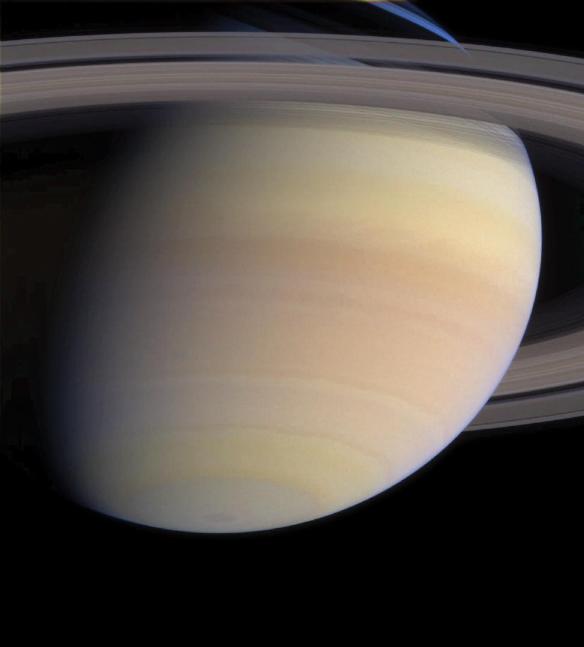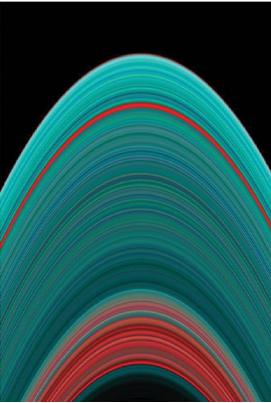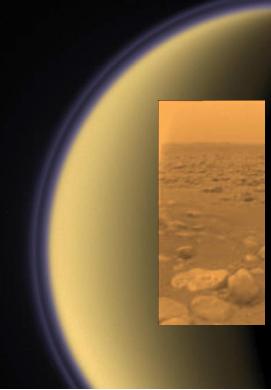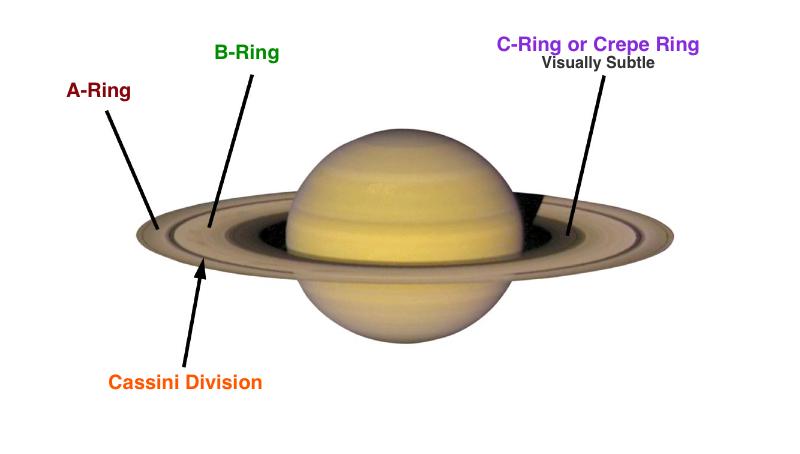 |
|
|
|
||
 |
||
Facts about Saturn • Sixth planet from the Sun Diameter: 74,900 miles Distance from Sun: 886,680,000 miles Atmosphere: 97% Hydrogen, 3% Helium plus traces of other elements Moons: Dozens of moons with 5 that can be seen with most amateur telescopes. Most interesting features in a small telescope: Those magnificent rings! If you have never seen the rings of Saturn through a telescope, then make it a bucket list item because seeing it thrill the heck out of most people. |
 |
|||
THE PLANET SATURN The magnificent rings of Saturn make this Planet visually unique. Although we now know that all the Gas Giants have ring systems, none are as spectacular as Saturn’s. When Galileo first looked upon Saturn with his 30 power, 1-inch diameter refractor telescope, he thought he saw three orbs, two smaller orbs on opposite sides of a larger one. Galileo’s optics were marginal and he had no concept of a Planet surrounded by rings, so he drew what seemed to make the most sense at the time. In 1980 and 1981, the Voyager missions provided close up views of Saturn’s rings that answered long-standing questions. The rings were thinner than expected, varying from 33 to 330 feet. They are composed of countless ringlets, made of small chunks of ice, most less than an inch across. The entire ring system, which extends beyond the visible rings, has a diameter of about 596,000 miles. Why does Saturn have an extensive ring system? Locating and Observing Saturn Saturn’s Moons More about the Rings When Galileo first observed Saturn in 1610, the rings were visible. But several years later in 1612, the rings were edge-on and could not be seen. This no doubt created a stir and was, to say the least, puzzling. Although Saturn is synonymous with its ring system, these rings do turn edge-on every 14 years and effectively disappear for a month or so. There are three major divisions in the visible rings, labeled from outermost to innermost A, B and C (See below). Between the A and B rings, there is a 2,900 mile (4,700 km) gap, called the Cassini Division. This gap is visible in small telescopes and most apparent when the rings are opened. The middle B ring is the widest and brightest of the three rings and overwhelms the innermost C ring (known as the “Crepe” ring), making it difficult to see in smaller telescopes. Cloud Belts |
 |
||||||
Saturn’s rings are actually a series of ringlets as seen in this false-colored picture. Scientists often colorize images in order to bring out detail. |
|||||||
 |
|||||||
Titan, Saturn’s largest moon and the second largest moon in the solar system. It is the only moon with an atmosphere (methane) and it is the only other moon, besides our Moon, to have a spacecraft land on its surface. The inset is a picture of Titan’s surface. |
|||||||
 |
||
What’s Out Tonight? is sponsored by Ken Press, publisher of astronomy books and charts. |
||